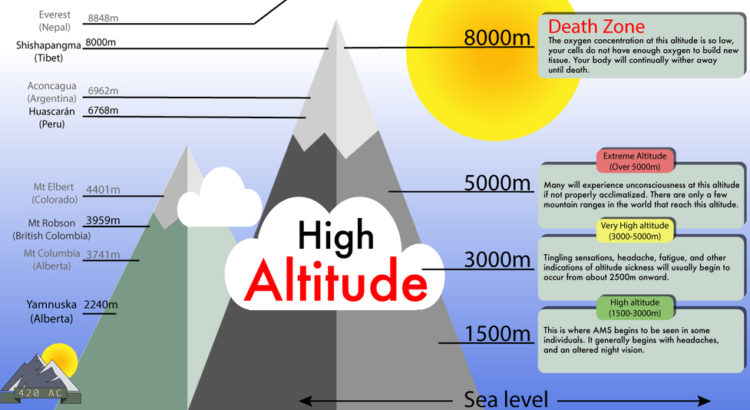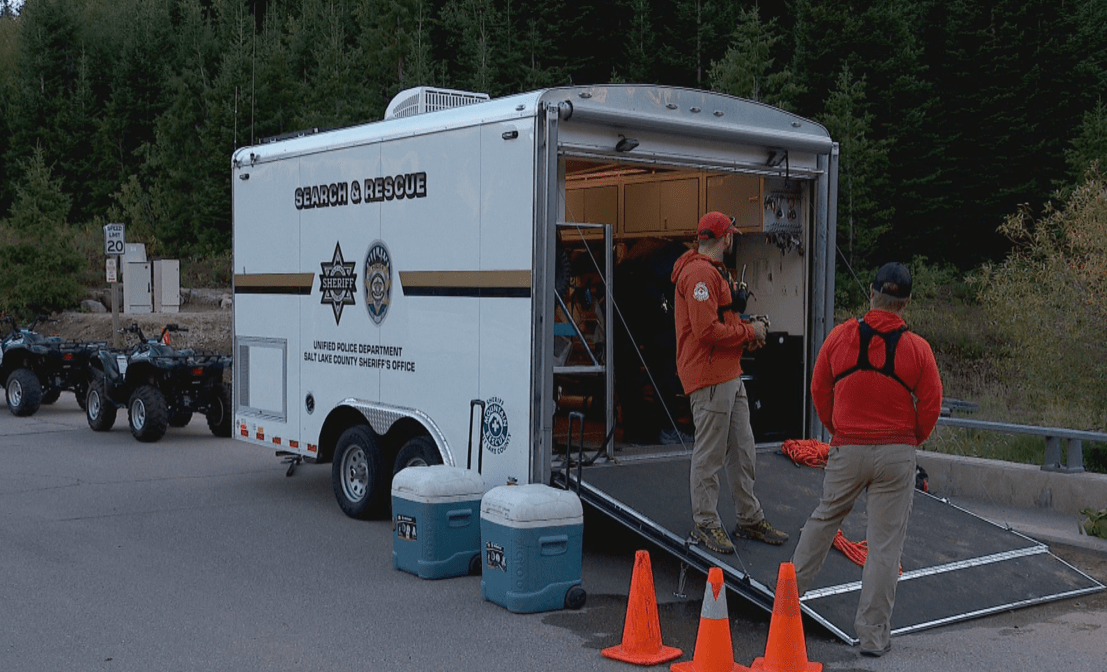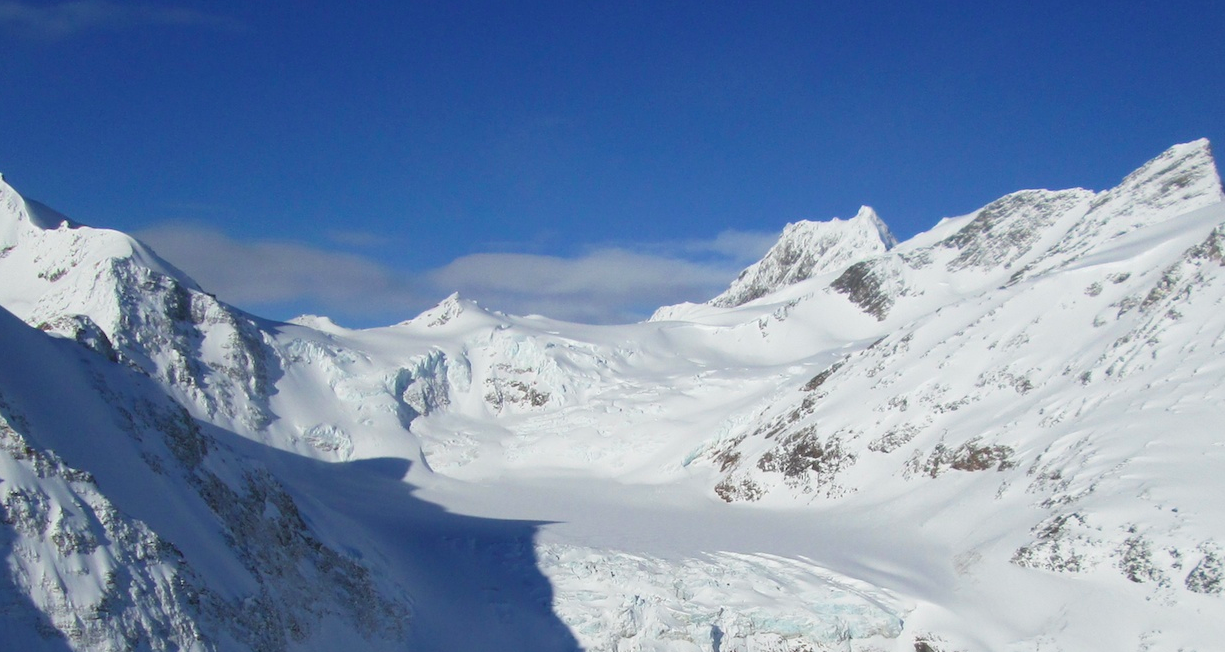
As COVID impacts people around the country. We are seeing lowland dwellers moving into mountain towns, unaware that they are stepping into thin air. Summit County in Colorado is seeing a boom of new residents moving in. The county has an elevation range of 7,947ft to 14,270ft. At those elevations, people can suffer from three types of altitude sickness.

The first is Acute Mountain Sickness (AMS), which is the most common, according to the CDC, with 25 percent of visitors staying above 8000ft in Colorado feeling symptoms of AMS. In most cases, the symptoms include “hangover-like” feelings that pass within 24-48 hours. AMS can progress into High-Altitude Cerebral Edema (HACE), the second type of altitude sickness. With symptoms that include confusion, changes in behavior, worsened nausea, and headache. The third type of altitude sickness is High-Altitude Pulmonary Edema (HAPE), a condition causing the lungs to fill with fluid forced from the blood vessels by low oxygen levels. Unlike HACE, HAPE can present without symptoms of AMS.

Dr. Benjamin Honigman, the director of Altitude Medicine at UCHealth University of Colorado, said on Denver Channel 7 that Summit County sees 200 to 300 cases of High-Altitude Pulmonary Edema (HAPE) each year, of which less than 1 percent turn deadly. According to Harvard Medical School, Initial symptoms of HAPE include extreme fatigue, difficulty breathing even while at rest, and coughing. Symptoms might progress to fever, a blue or gray tint to your fingertips, or noises during breathing, such as rattling or gurgling. As such high country travelers shouldn’t be too preoccupied with the list of symptoms. The important thing is to just keep an eye out for your fellow travelers. Pay attention to people that may be dragging or acting abnormally. Those who feel or see the symptoms of HACE or HAPE should immediately descend to a lower altitude and seek medical care if symptoms don’t improve.

Make elevation gains slowly to avoid AMS, HACE, and HAPE. The Harvard Medical School suggests ascending no more than 1000ft per night or resting for a couple of days for every 3000ft gained. Doing so allows the body to acclimate to its current elevation. Alternatively, the CDC finds taking Tadalafil or Sildenafil can reduce the risk of symptoms, but be aware that both are used to treat erectile dysfunction and may cause unwanted symptoms.
The CDC reports that the incidence of AMS, HACE, and HAPE in Colorado is 1 in every 10,000 skiers and 1 in 100 climbers that ascend above 14,000ft.




